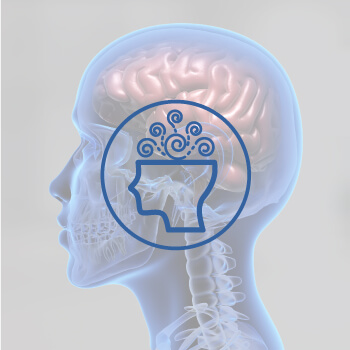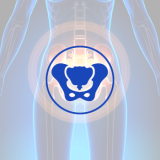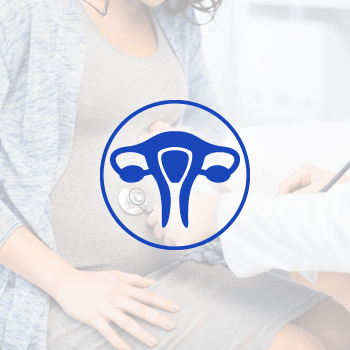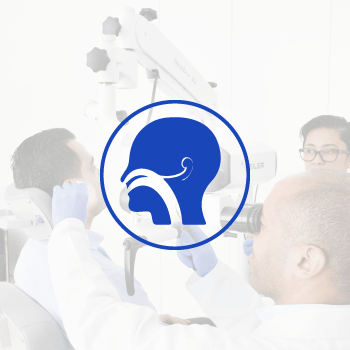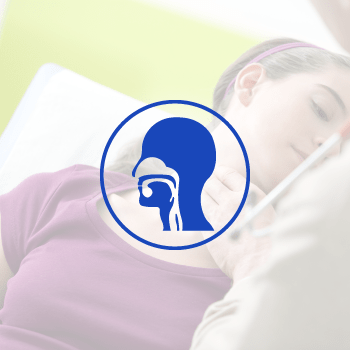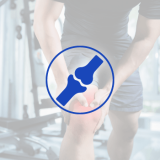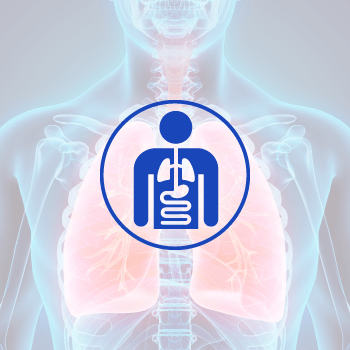DYSMENORRHEA
Dysmenorrhea is defined as painful periods (menstrual cramp). It is more common in younger women.
- Symptoms of dysmenorrhea
- Causes
- Diagnosis
- Treatment
Cramping pain in the lower abdomen, sometimes this pain extends to lower back and thighs. Usually the pain starts immediately before or with menstruation and lasts for a few days. For some women, this pain can be very intense and debilitating. Other associated symptoms maybe : dizziness, nausea, tiredness, headache, diarrhea…
During menstruation, prostaglandins are formed in the uterus. These chemicals cause the uterine muscle to contract. Contractions of the uterus result in decreased blood and oxygen flow to the uterus which in turn causes pain.
Diagnosis is by history and physical exam. Sometimes an ultrasound is necessary
NSAIDs (non steroidal anti-inflammatory medications). These can be prescribed or can be bought over the counter.
Birth control pills or other forms of hormonal birth control such as patch, Mirena IUD, etc…
Non-pharmacologic treatments – may not be as effective as medication but can be combined with medication.
Heat – can be used in combination with NSAIDs.
Dietary, vitamin, and herbal treatments – there isn’t enough scientific evidence for safety and efficacy of such supplementation. There is some evidence that ginger may help.
Exercise – some studies showed regular exercise can reduce dysmenorrhea.
Yoga and acupuncture.









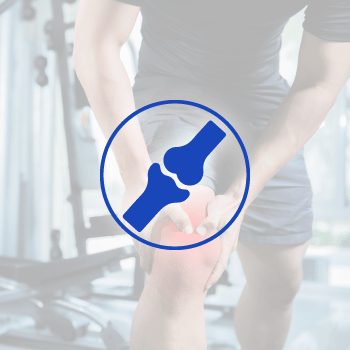 أنقر هنا
أنقر هنا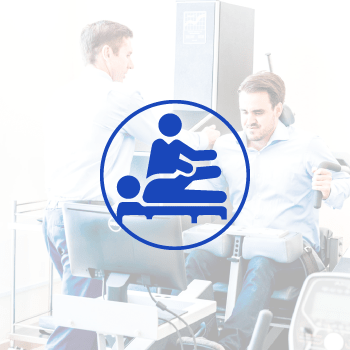 أنقر هنا
أنقر هنا
